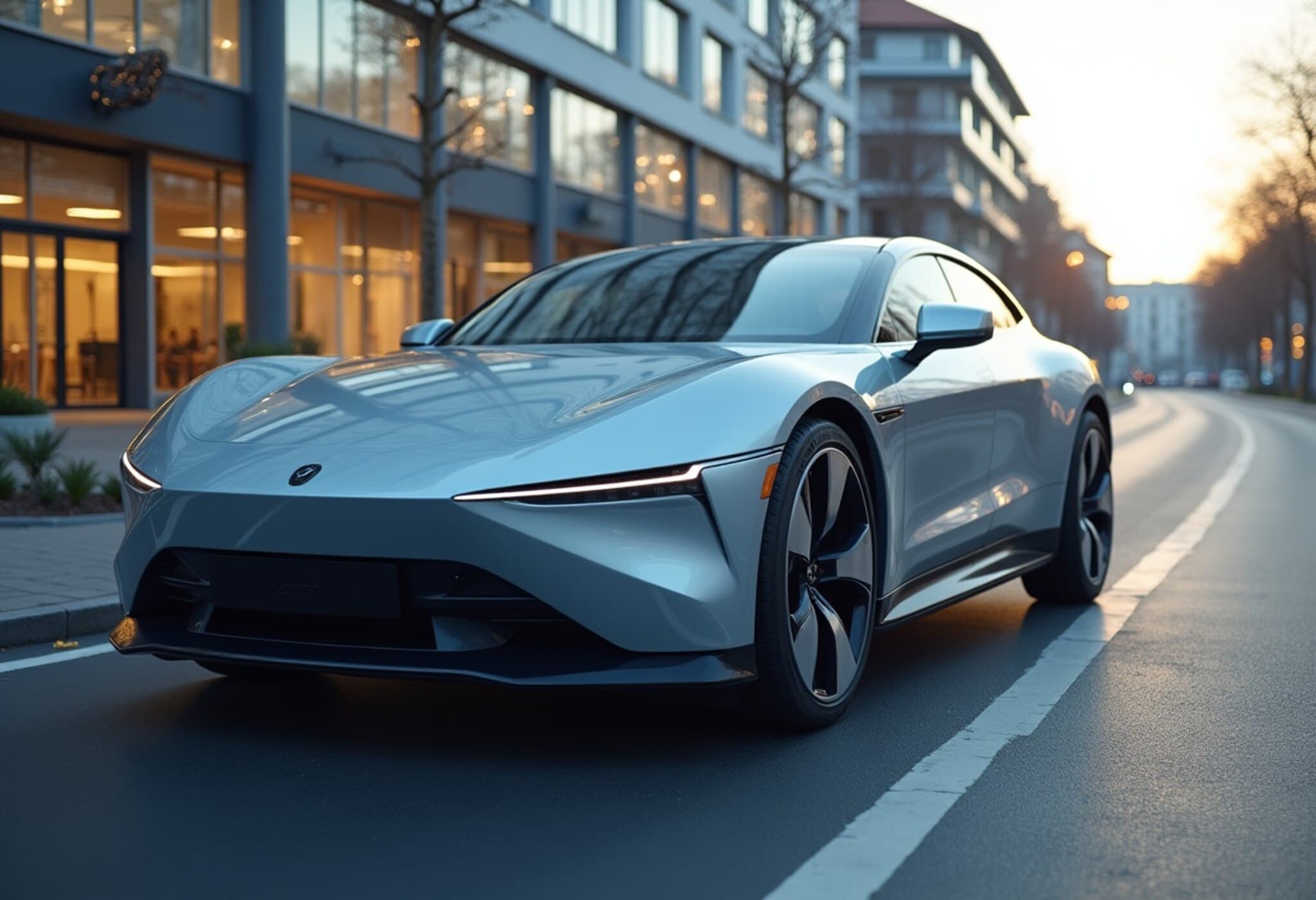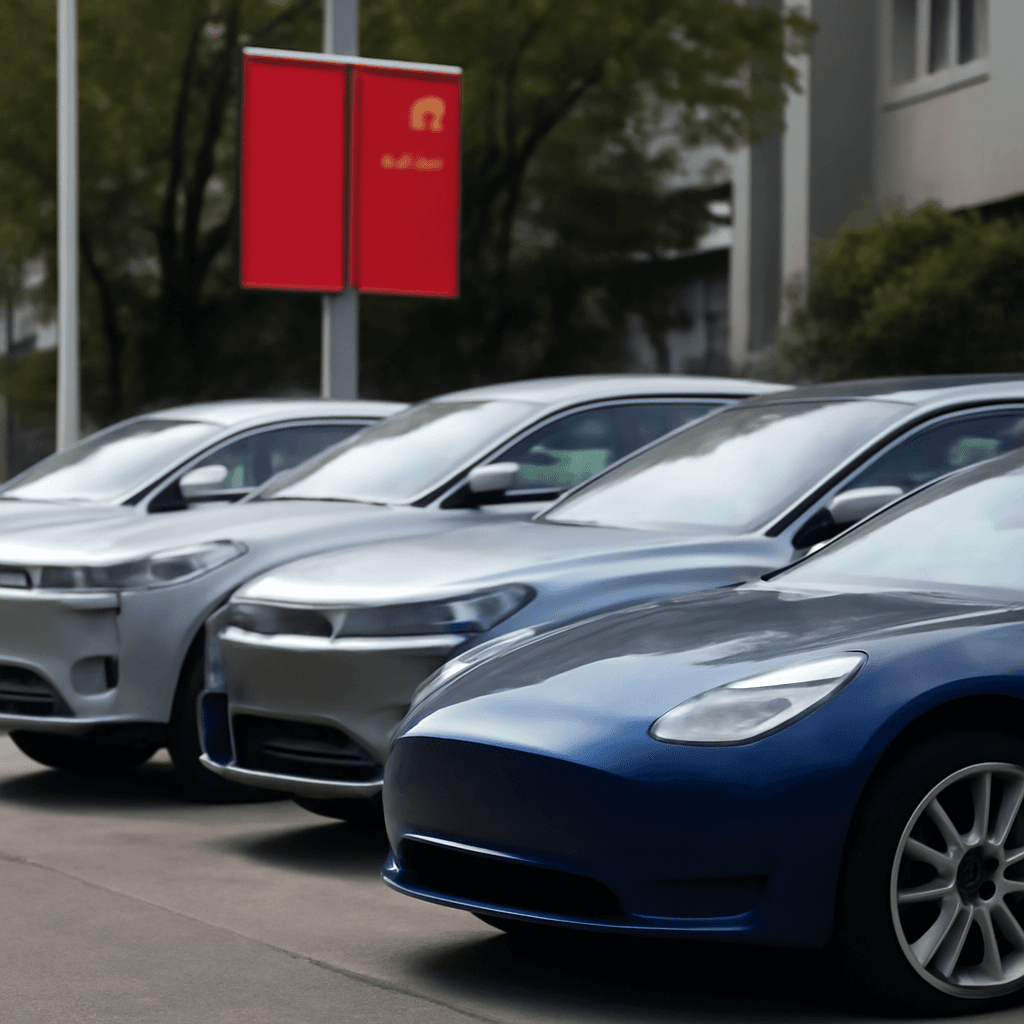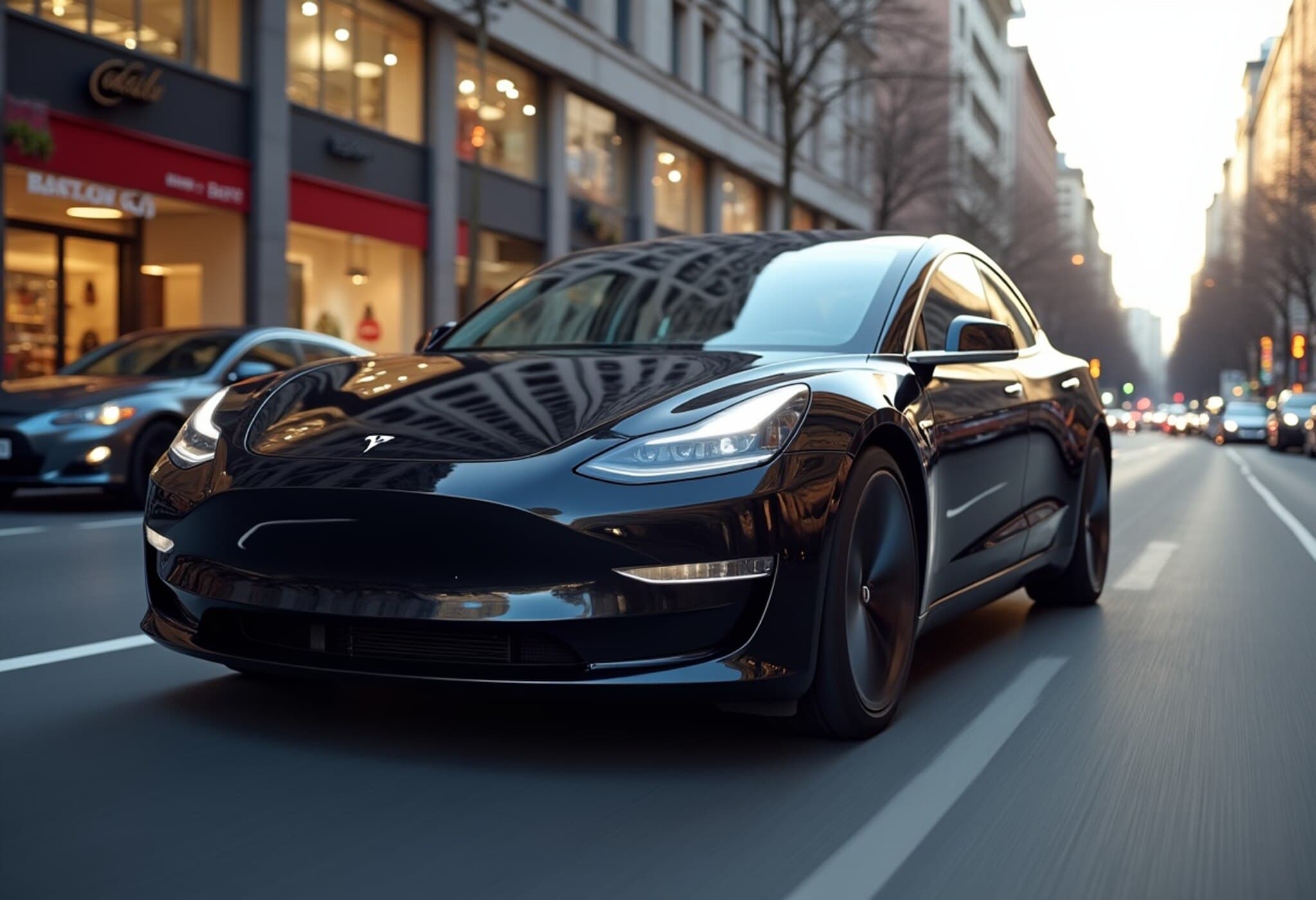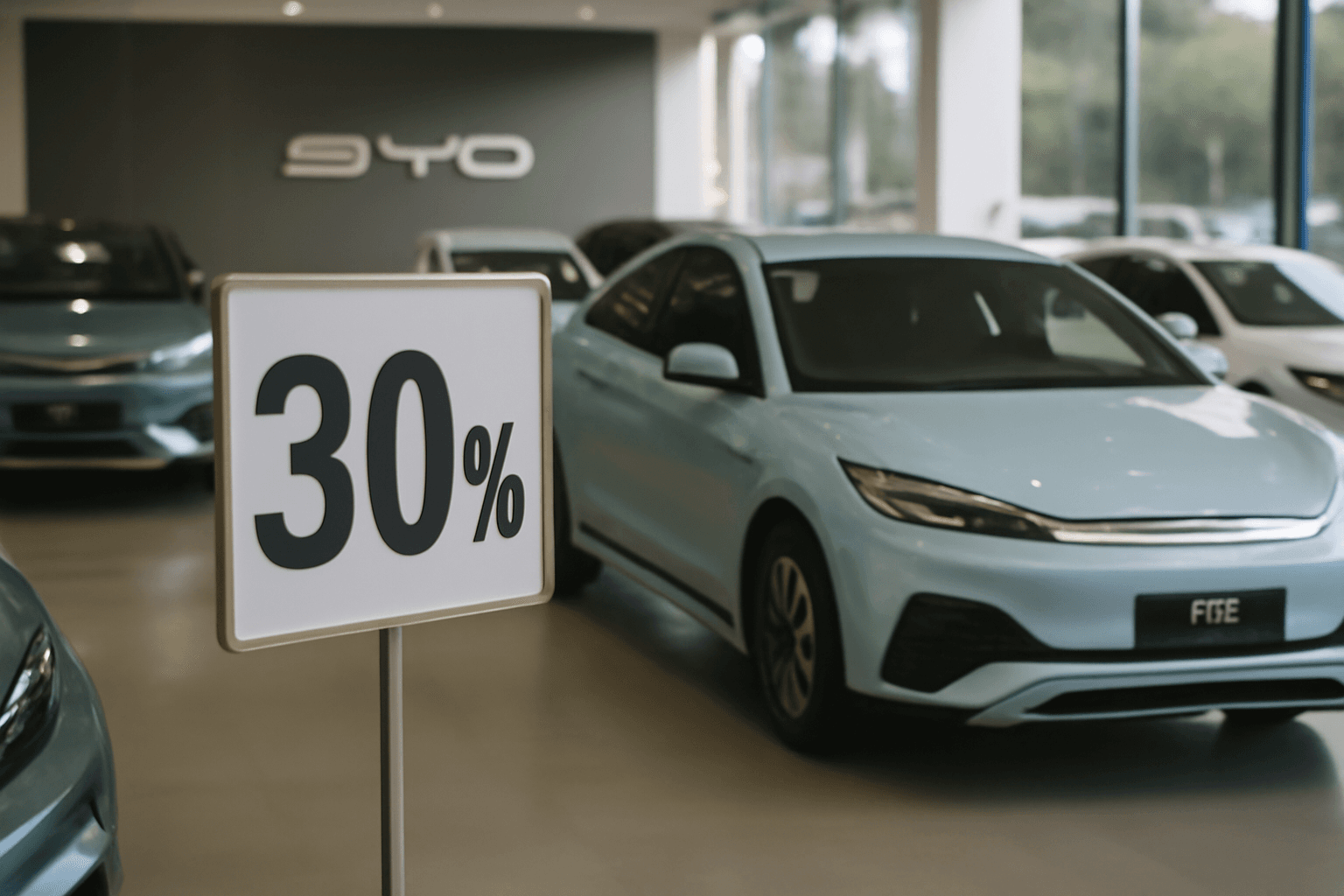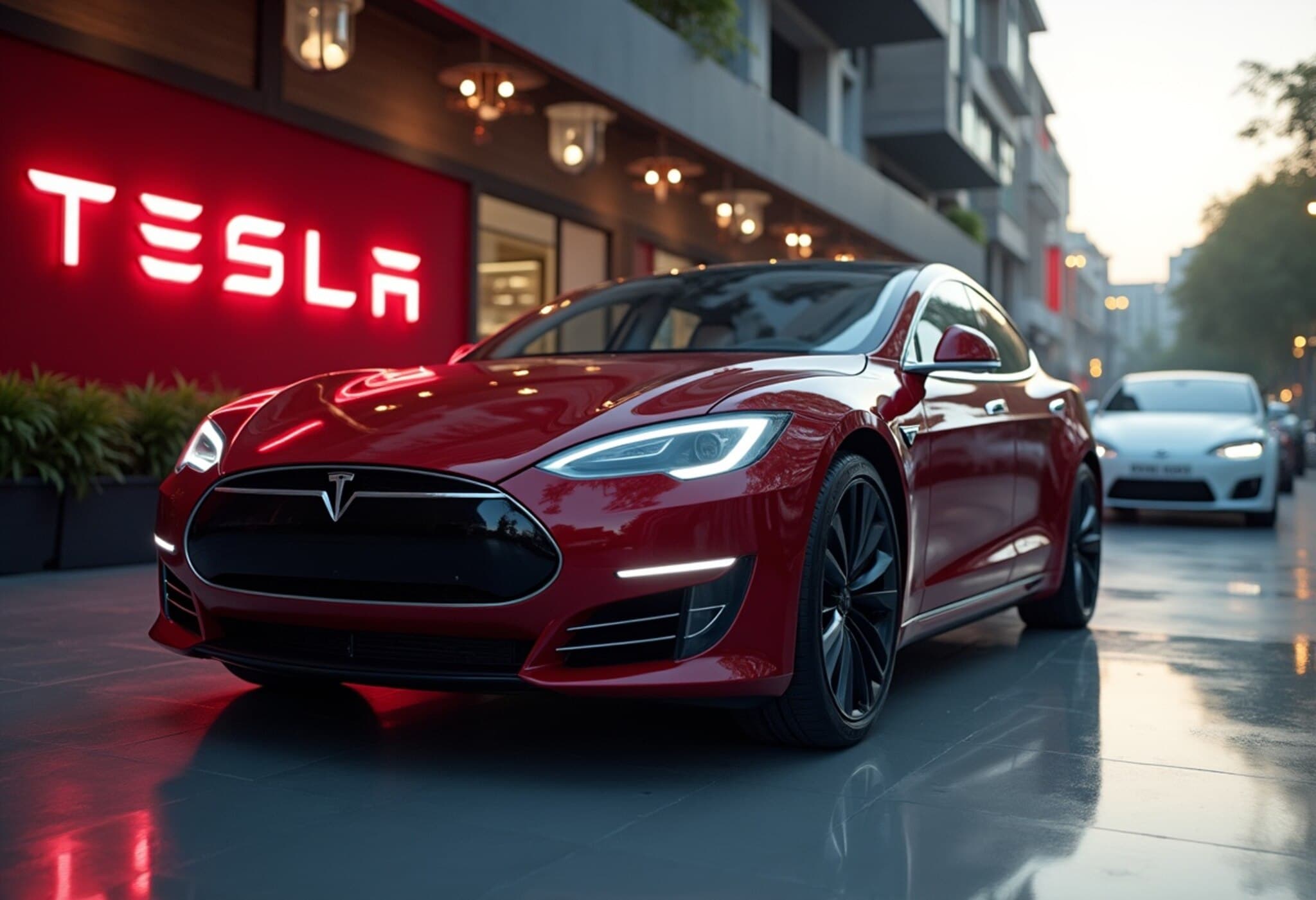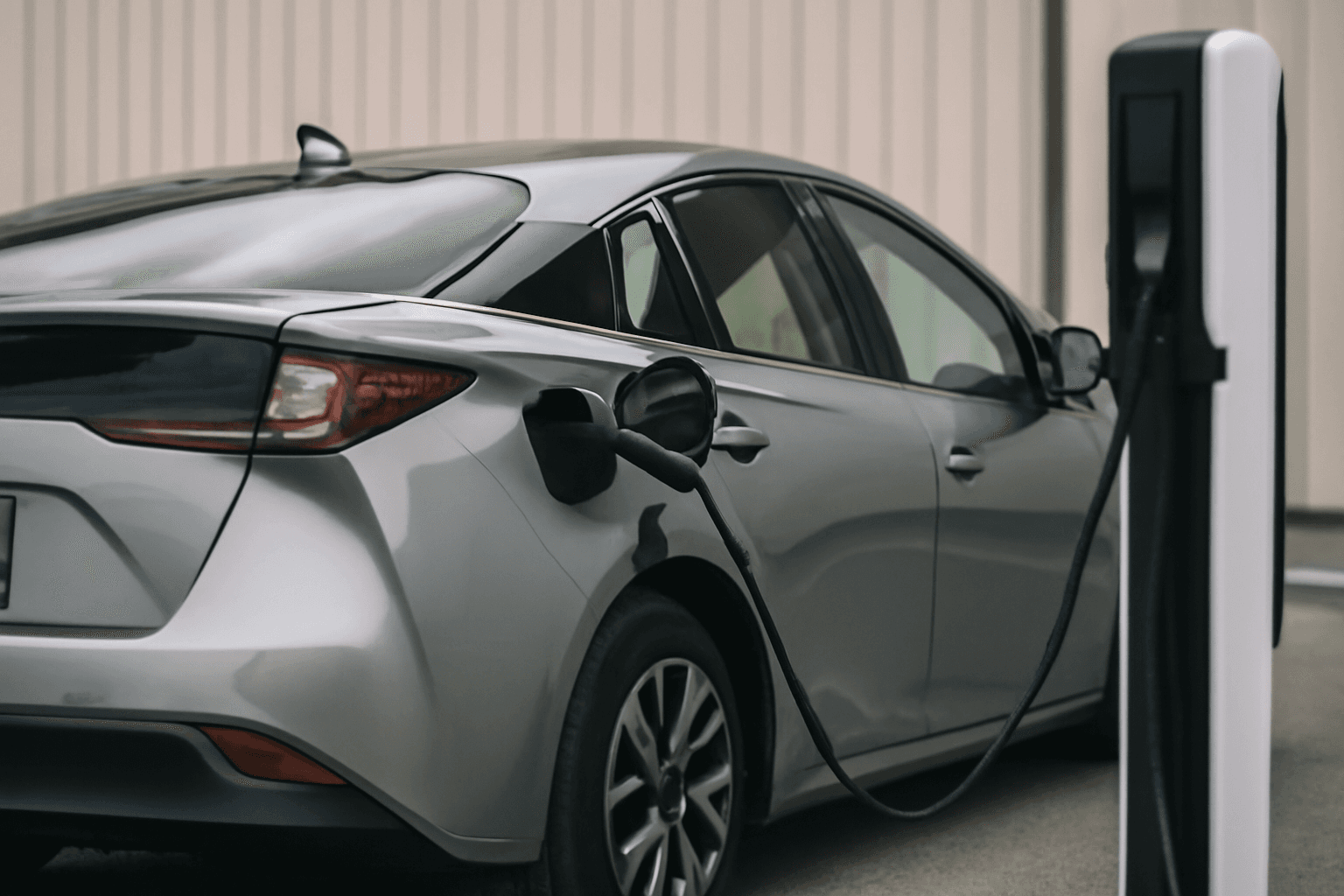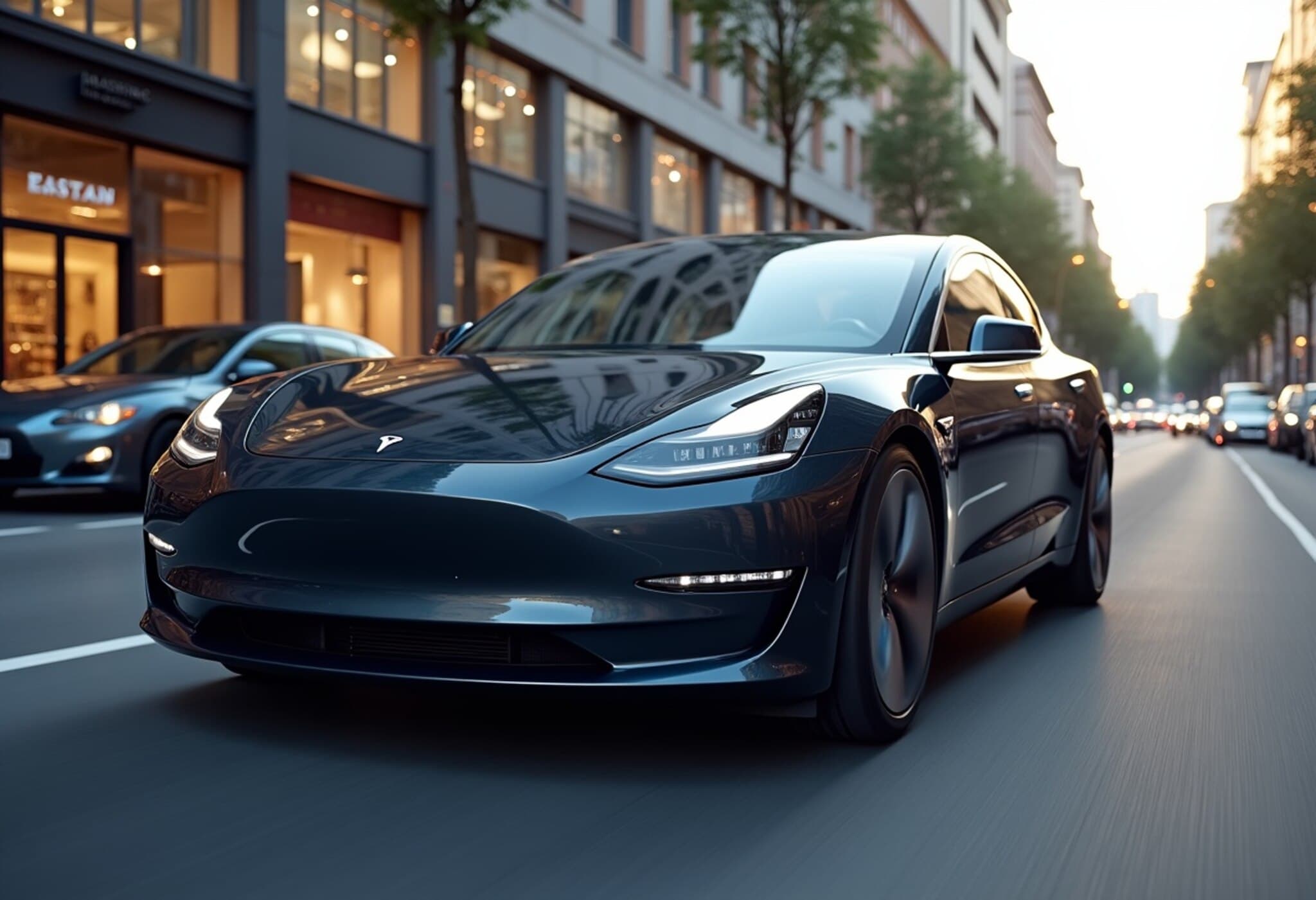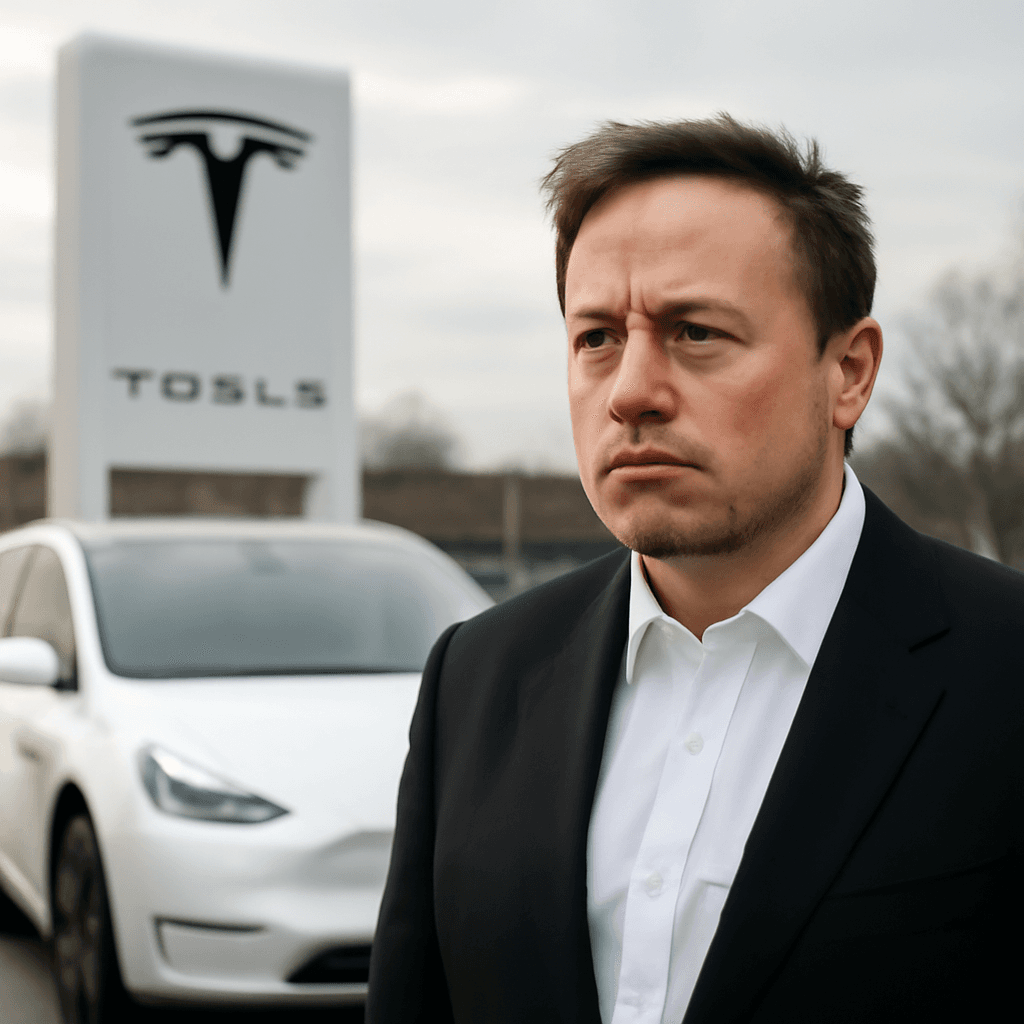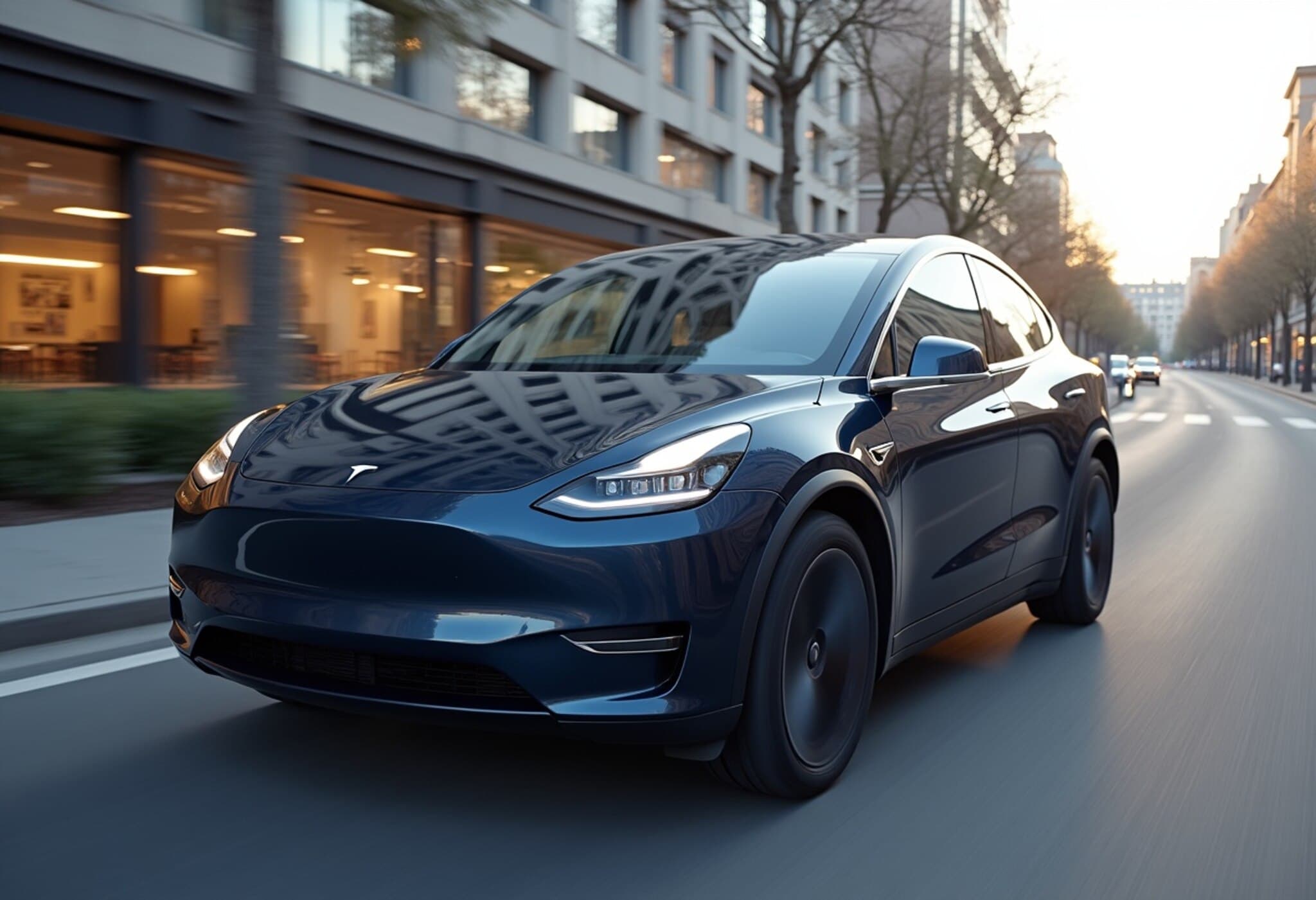China's Electric Vehicles Gain Ground in Norway's EV-Dominant Market
In the rapidly evolving landscape of electric vehicles (EVs), China is quietly but firmly establishing itself as a formidable player in Norway — widely regarded as the world’s electric vehicle utopia. Since the first Chinese MG EV made its debut in Norway in January 2020, Chinese EV manufacturers have collectively captured roughly 10% market share in the country by mid-2025.
This remarkable rise signals a shift in the global EV race, with Chinese brands challenging long-established Western giants on a highly competitive and environmentally conscious stage.
Why Norway? The Perfect Testing Ground for New EV Entrants
Norway's unique position as a non-EU member with a deep-rooted commitment to electric vehicle adoption has created an ideal 'laboratory' for EV innovation and market entry. Unlike the United States and European Union, which have imposed tariffs to protect their domestic EV industries, Norway has deliberately opted not to impose tariffs on Chinese EV imports. This open market stance has facilitated the growth of Chinese EVs such as BYD, XPeng, and MG, allowing them to thrive without the hindrance of trade barriers.
Felipe Munoz, global automotive analyst at JATO Dynamics, explains, "Norway’s regulatory environment, culture, and market size make it the best entry point for emerging EV brands in Europe. It demands less initial investment compared to larger European markets and doesn’t carry potential conflicts with a domestic auto industry, unlike bigger markets." This absence of a native auto manufacturing lobby allows new brands to build traction more easily.
Consumer Perception and Competitive Advantages
Christina Bu, secretary general of the Norwegian EV Association (NEVA), highlights a striking evolution in consumer attitudes. “Norwegian buyers have become increasingly receptive to Chinese EVs,” she remarks. “They recognize the strong technology and the competitively priced offerings.” This is reflected in Norway reaching an overall EV market penetration of nearly 94% during the first half of 2025 — an extraordinary level of adoption globally.
The availability of at least 20 distinct Chinese EV models provides variety and affordability to Norwegian drivers. Moreover, these models often feature cutting-edge technology and innovative batteries, appealing to a tech-savvy and environmentally conscious market segment.
Competition Heats Up: Tesla and European Giants Respond
Tesla remains king in Norway’s EV landscape, led by strong sales of its revamped Model Y. However, the entry of competitively priced Chinese alternatives exerts notable pressure. Volvo and Polestar, Swedish brands partly owned by China's Geely Holding Group, also compete vigorously, highlighting the complex interplay between ownership, branding, and market perception.
Rico Luman, a senior transport economist at ING, underscores the challenge: “European automakers face an uphill battle to match the breadth and affordability of Chinese EV models. While Europe is catching up, China’s head start in EV innovation and scale is clear.” He adds that Europe needs more accessible EV options to convince middle-class drivers to accelerate the energy transition.
What This Means for U.S. and European EV Strategies
Norway’s welcoming market approach to Chinese EVs contrasts with protective tariffs in the U.S. and much of the EU. This divergence raises critical questions about how trade policies might affect EV adoption rates and climate objectives in Western countries. Are tariff barriers protecting incumbents at the expense of consumers and environmental progress?
Furthermore, Norway’s experience suggests that fostering a diverse, competitive marketplace with fewer trade restrictions could stimulate faster innovation and adoption of EVs. Policymakers in larger regions may want to consider Norway’s model when refining their own EV strategies.
Looking Ahead: The Road for Chinese EVs in Europe
As Chinese manufacturers continue to innovate, expanding their technological prowess and price competitiveness, their foothold in Europe appears set to deepen. Norway’s market serves as a proof of concept for the continent and beyond.
Yet, questions remain about how established automakers will respond, how regulatory frameworks might adapt, and what this means for consumers, jobs, and climate goals in Europe and the U.S.
Key Takeaways:
- Norway’s tariff-free import policy has enabled Chinese EVs to gain 10% market share swiftly.
- Norwegian consumers appreciate Chinese EVs for affordability and innovation.
- Tension exists between protectionist policies elsewhere and Norway’s open market approach.
- Chinese brands are reshaping the competitive landscape, prompting a strategic rethink in Western markets.
Editor's Note
Norway’s experience spotlights how trade openness and consumer acceptance can accelerate EV adoption and disrupt traditional automotive hierarchies. As climate ambitions intensify globally, balancing national industrial interests with electrification imperatives will be a defining challenge. This evolving story urges policymakers, manufacturers, and consumers alike to reconsider preconceived notions about where tomorrow’s cars will come from and at what cost.

